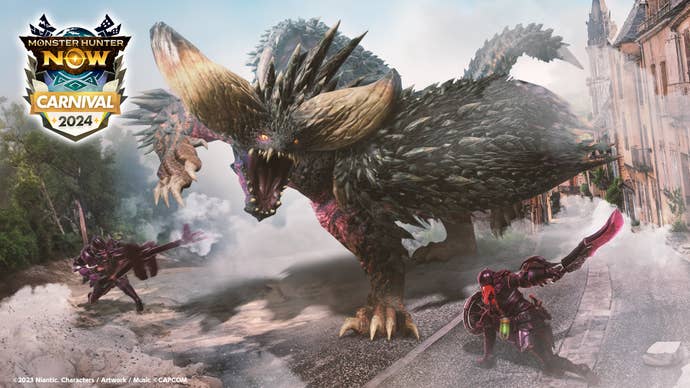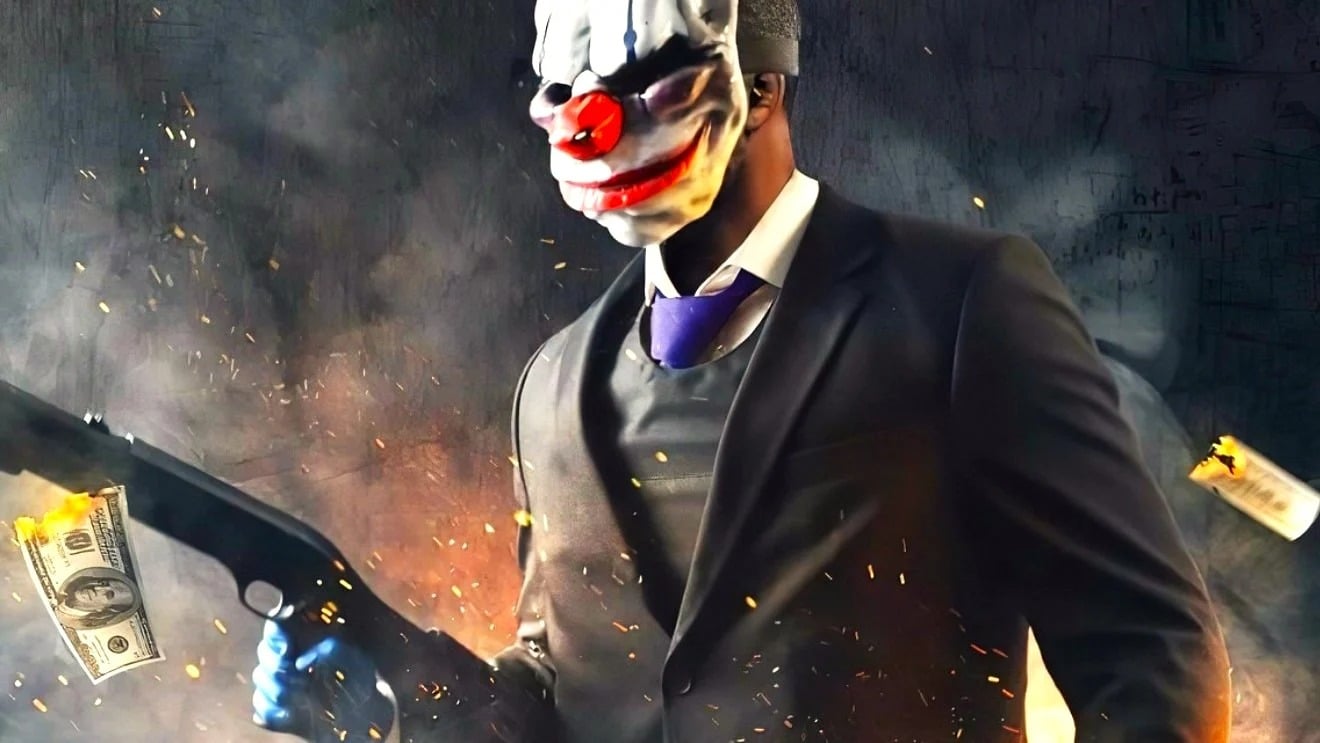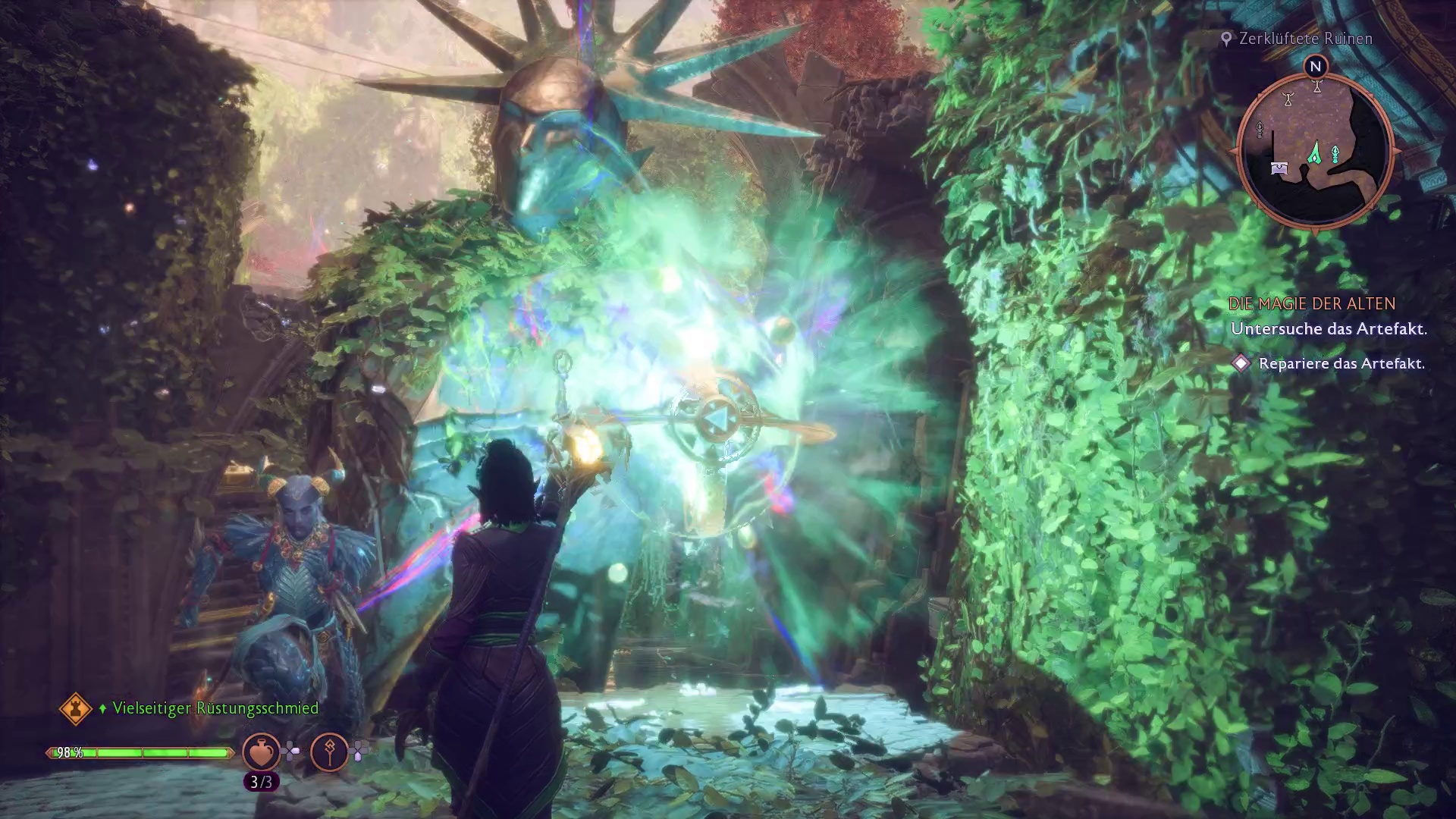Monster Hunter: Now feels like the biggest secret you might not know. In the West, I don’t think the game is as popular as it should be. If I launch it in London, the UK’s gaming capital, I’ll find at most three or four other logged-in players nearby. I went to New York when I was playing and things were a little better there, but not a whole lot better. The same goes for Los Angeles.
“Monster Hunter Now” is a hardcore, niche, and specific game. It is designed for a small number of gamers; the core gamers who play games on mobile devices. As you probably know, most mobile games are aimed at casual players and are designed to squeeze money out of you every time. That’s not the case with Monster Hunter right now. In fact, a key part of the game’s philosophy is to let you play at your own pace, with few (if any) non-intrusive monetization practices! – Prevents you from playing.
iGamesNews
At the game’s first IRL event in Shibuya, Tokyo, Niantic chief product officer Kei Kawai explained how the company views itself and its paying customers. “Of course, we run the game as a business so that we can sustain it and grow it so that we can bring more events and more content to more people,” Kawai said. “So it has to be a sound business plan. But at the same time I also think you can’t make money first and think about the fans’ enjoyment later. It has to be the other way around.”
Yes, the monetization options increase with each update, but I still think they are very “add-on” to the gameplay. My hunter level is 160 (almost end game) and I only spend money on season passes (£10 for two sets) and event tickets (around £7). To this end, I’ve logged about 400 hours of play by my count – I play it on the go for at least an hour every day, and the game has been out for over a year.
But what Kawai said next really got me hooked, and made me think that this is the secret to why Monster Hunter Now is so playable, so approachable, and so friendly to my wallet. Niantic’s chief product officer explained that the studio no longer prioritizes whales (ie: the 1% of players who account for 80% of purchases in many other mobile games).
“We’re trying to find a way to get a wider range of people to spend a little money, rather than a few people spending a lot of money,” Kawai said. “Judging from the numbers we have [in the backend]I think we’re generally much healthier in that regard than a lot of other games. “
Kawai claims that he and the Niantic team are committed to working “with the community” to make Monster Hunter Now a long-lived project. “We want this to be a long-lasting business,” he nods. “We want this to be a live service game that lasts five years, 10 years, maybe even longer. To achieve that, we have to be sustainable, both for ourselves and for the community.”
One way it wants to do this is by leveraging live events. This is a strategy Pokemon Go has used for years to connect with fans and give you more things to do, and now Monster Hunter Now is taking over.
This October, 20,000 people flocked to Shibuya, Tokyo for exclusive gear, hunting and the opportunity to play. Shibuya 2024 Celebration features the debut of Nergigante, the cover monster of Japan’s Monster Hunter World, and perhaps the best Elder Dragon interception in the game to date. The missions you can take part in are rewarding and fun; it’s a great excuse to explore the city while taking in the Monster Hunter-themed set pieces Capcom and Niantic have set up around the event’s routes.
For Tokyo locals – or anyone with enough luggage to visit Japan for a day – a ticket will cost you £15, or more than enough. Considering you get a ton of items, armor, and monsters, I think it’s worth it. Maybe, if Niantic were trying to attract new players in the US or EU, the price could be lowered a bit: I don’t think Monster Hunter will get Pokemon (over 100,000) numbers in the West, but if one wants to make the deal To make things sweeter, slightly cheaper tickets to the event certainly don’t hurt.
Wandering around the city, teaming up with hundreds of other players to capture Nergigante’s spawn point, hearing the collective cheers of a bunch of nerds getting rare crafting materials as it finally fell into the dust…it evoked a feeling in me I don’t have the feeling of knowing I’m still capable. It’s reminiscent of the game’s main series – when you finally complete that G Rank hunt that’s been bugging you for days, you’ll hear your crew cheering as they harvest a 1% drop plate or something.
I’ve been writing about gaming for over 12 years and have traveled more times than I can count. It’s easy to become bored. But playing Monster Hunter with someone who cares so much about the game? I can’t tell you how energizing it is. How special. It’s enough to make me miss why I got into this profession in the first place. Highly commendable, good value for money.
Well, I wish we in the West could see this kind of activity on our own streets. Can you imagine how much fun it would be to stalk Fatalis on the streets of London? Hunting down Valstrax in New York’s Central Park? But in order for that to happen, we need more hunters to join the ranks of Western games – you may have read why I love this game, now I know Niantic wants to keep this game around for “10 years or more” ‘, I’m more committed to getting people to try it.
You don’t even need to invest money to try it; this is a mobile game with a high skill ceiling, based on one of the most amazing IPs in gaming, that respects your time and money. It hopes to be the nexus for all your favorite MH battles. Honestly, I couldn’t ask for more. Come on, come hang out with me so Niantic doesn’t have to jack up the prices for pathetic losers like me because I’m just banging Pukei-Pukeis over the head with a sledgehammer down the road. Go to the bar.
Monster Hunter is now available on iOS and Android. This interview was conducted during the Monster Hunter Carnival in Shibuya, Tokyo, with travel and accommodation paid for by Niantic.









